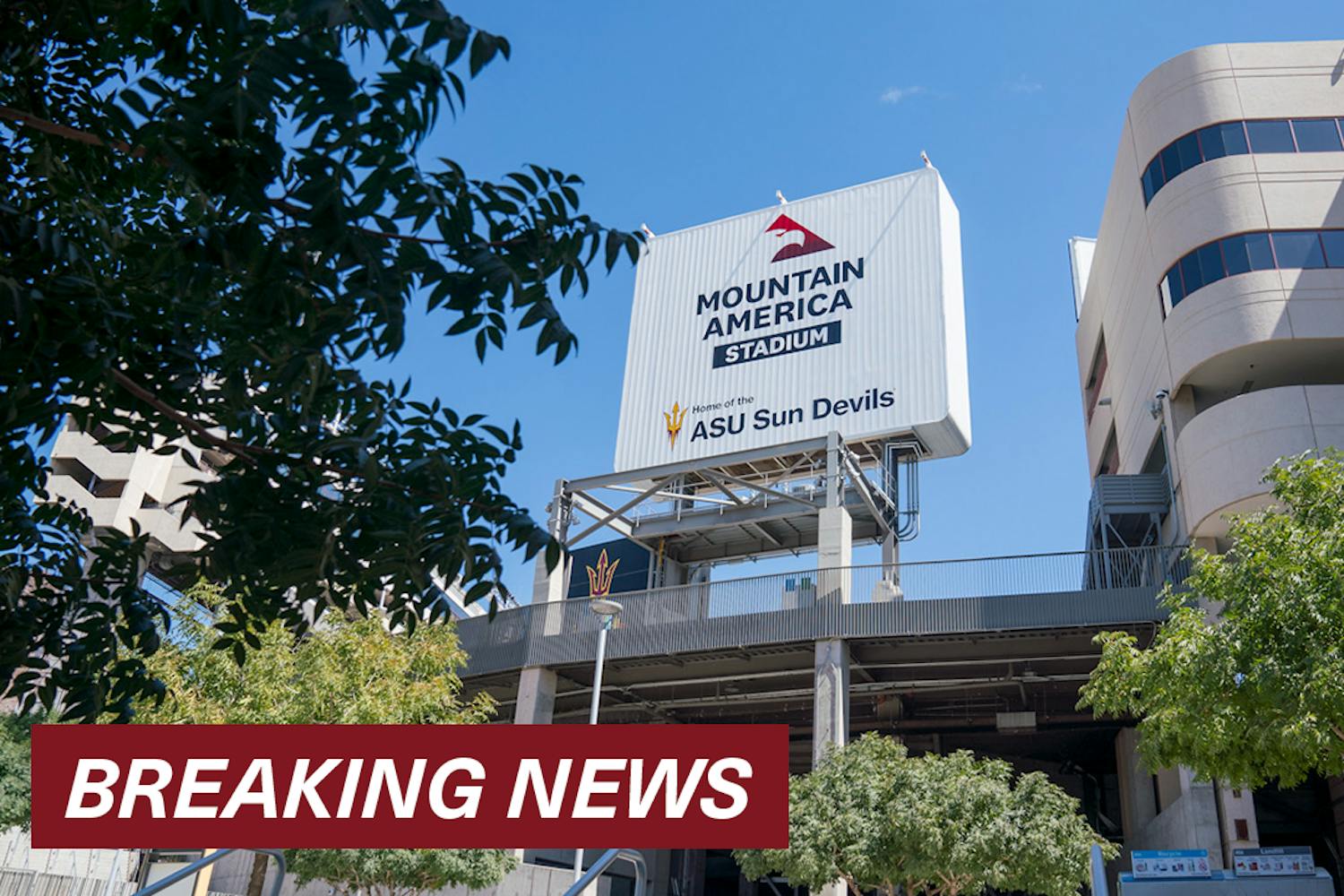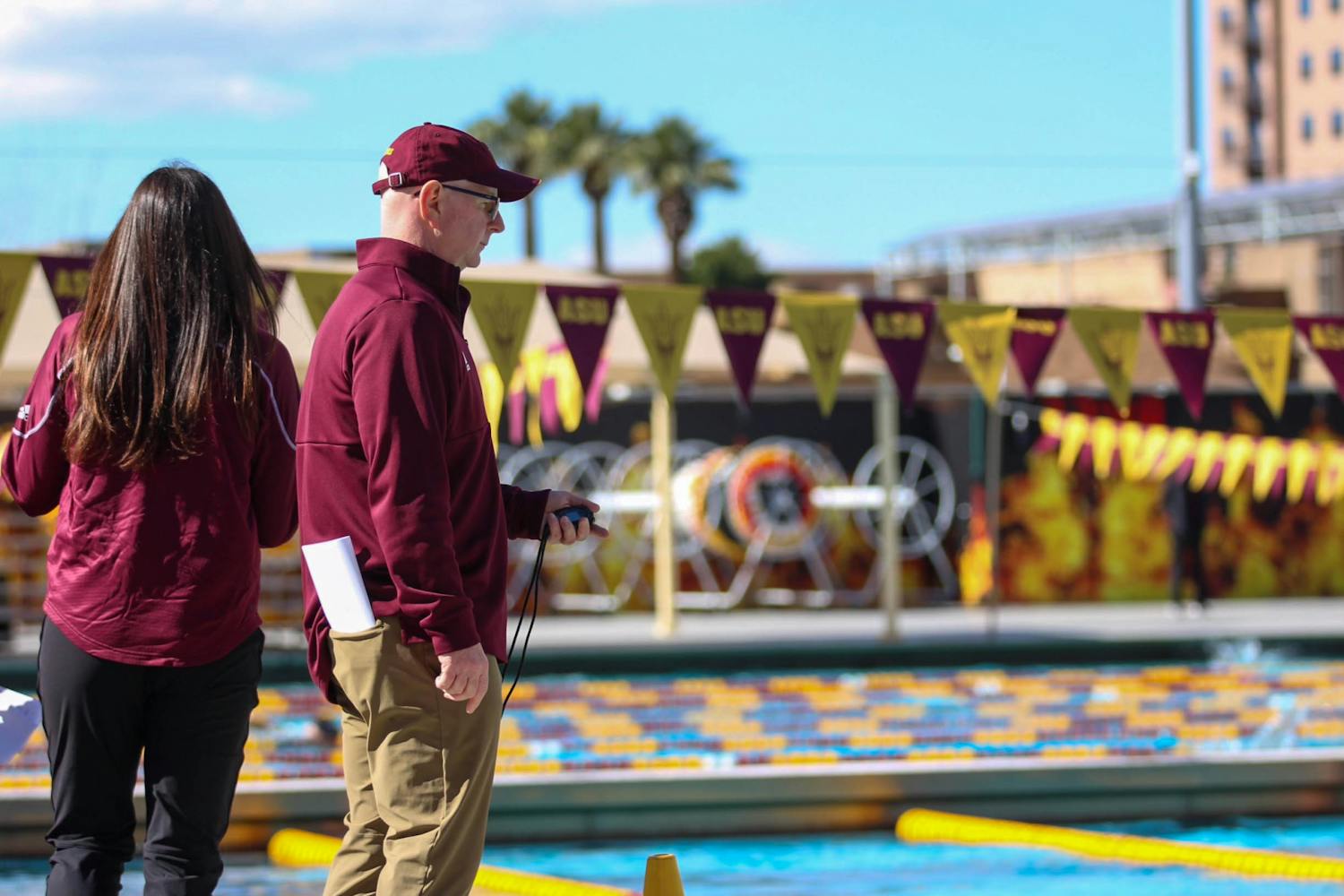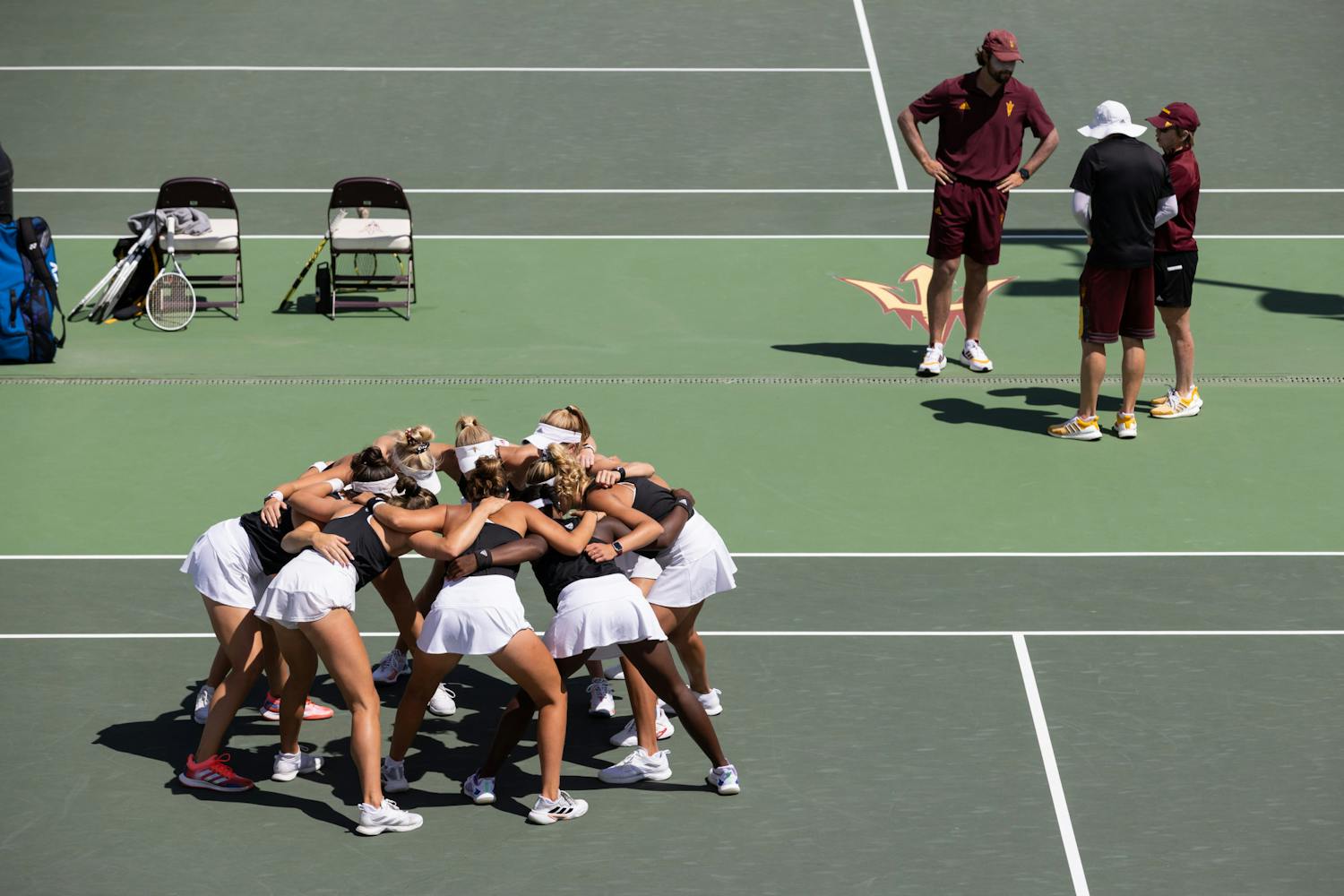Nothing against ASU baseball’s current facilities, but Packard Stadium was the better ballpark.
As the team’s fourth season since moving to Phoenix Municipal Stadium winds down and Packard sits vacant, it’s worth analyzing why ASU baseball left.
ASU found itself in a unique situation when they moved stadiums. In 2014, the Chicago Cubs opened a new spring training complex in Mesa, and the Oakland Athletics were set to take over the Cubs’ old park and abandon Phoenix Municipal.
To make the situation that much more favorable, Phoenix Municipal is only a few miles from ASU’s Tempe campus. A stadium with a larger capacity and nicer amenities made sense for the school.
“(ASU) saw an opportunity to either put millions into Packard or go to (Phoenix Municipal),” said Kendall Rogers, managing editor for d1baseball.com. “I think it was a perfect scenario from an administrative level.”
Despite the monetary benefits, ASU left something behind during the move: Packard’s history.
ASU has one of the most storied programs in college baseball, with five national championships, 22 College World Series appearances, and players like Barry Bonds, Reggie Jackson and Dustin Pedroia having played on the diamond at Packard.
All that success took place while the team still played at Packard. That’s not to say the stadium had everything, if anything at all, to do with the team’s success, but to leave that history behind is unfortunate.
“In a perfect world, I kind of compare it to (Johnny) Rosenblatt Stadium,” Rogers said. “Packard wasn’t a great ballpark, but you felt the history in the place. A lot of things (at Phoenix Municipal) are stale, from the fake signage out front to the fake signage all over the walls. A lot of it seems manufactured.”
For reference, Rosenblatt Stadium was the home of the College World Series in Omaha for 60 years from 1950-2010 until TD Ameritrade Park Omaha took over in 2011. Rosenblatt had so much history that it left some fans unhappy when the CWS moved to the new park.
It’s impossible to implement history into a new venue.
Another issue with the move to Phoenix Municipal and how successful it will be viewed in the future is the team’s performance. It doesn’t matter how many seats the stadium has if the team isn’t winning enough to fill them with fans.
Currently, the team isn’t performing very well, so there isn’t any incentive for fans to spend their weekends at games.
“Winning solves anything,” Rogers said. “As long as they win, they’ll get significant crowds. Given the opponent, they need to cultivate more student interaction.”
Phoenix Municipal’s capacity is 8,775, but large sections of seats are blocked off down the first and third base lines. ASU averaged only 2,605 people across their most recent weekend series against the University of Utah — a series the Sun Devils swept.
ASU may have a large, national baseball fan base, but people aren’t coming to games. With the team’s current performance, it probably wouldn’t matter if these games were taking place at Packard.
“They should have just renovated Packard,” Rogers said. “They could have easily put 10 or 11 million into that park and made it really nice. I kind of think back to the NCAA in Omaha. People are anxious. They said, ‘in 20 years, we’ll have memories,’ but until we get to that point, people will yearn for the past.”
Phoenix Municipal may be the shinier venue with more bells and whistles, but Packard had the history Phoenix Municipal will never have.
ASU baseball was perfectly suited to keep playing at Packard, and they shouldn’t have moved no matter how great the situation might have seemed.
Reach the columnist at Steven.Slobodzian@asu.edu or follow @PSlobodzianASU on Twitter.
Like The State Press on Facebook and follow @statepress on Twitter.
Editor’s note: The opinions presented in this column are the author’s and do not imply any endorsement from The State Press or its editors.
Want to join the conversation? Send an email to opiniondesk.statepress@gmail.com. Keep letters under 500 words and be sure to include your university affiliation. Anonymity will not be granted.




